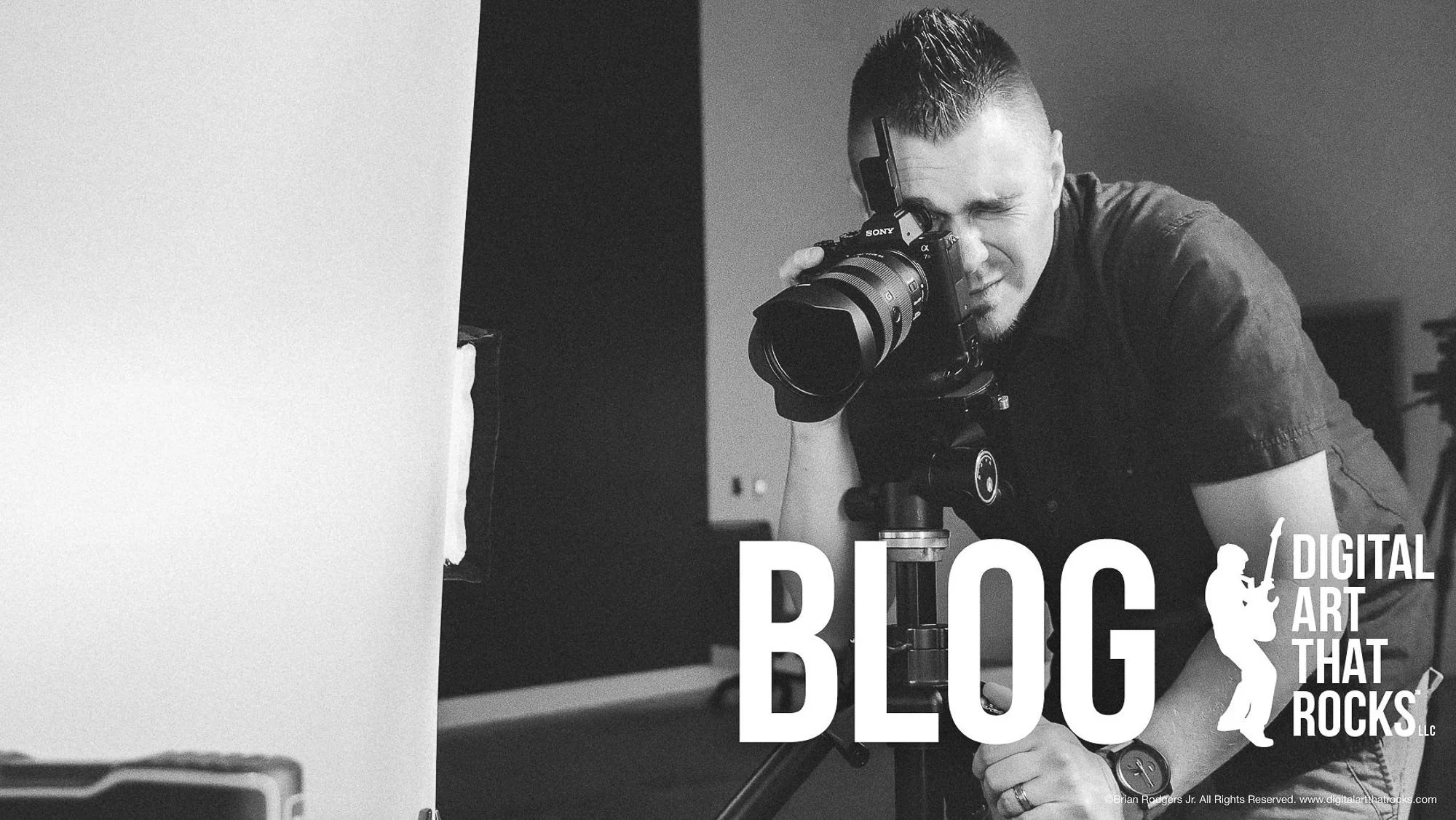
Search The Blog
Have questions about commercial photography, architectural photography, retouching services or image licensing? Chances are I’ve written an article about it. Just use the search bar below!
Have questions about commercial photography, architectural photography, retouching services or image licensing? Chances are I’ve written an article about it. Just use the search bar below!









